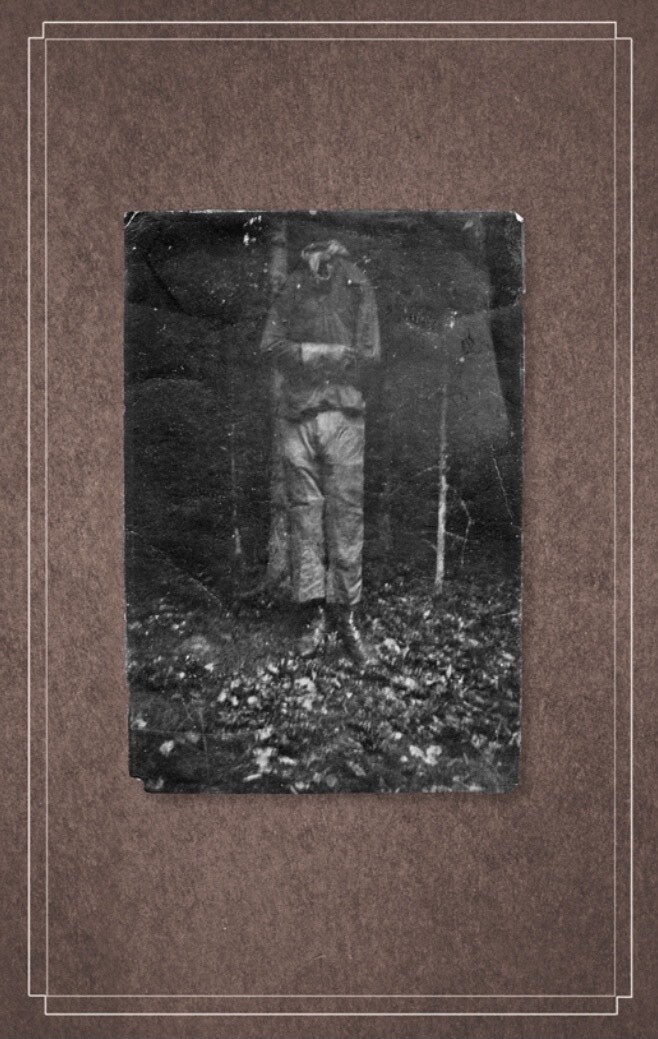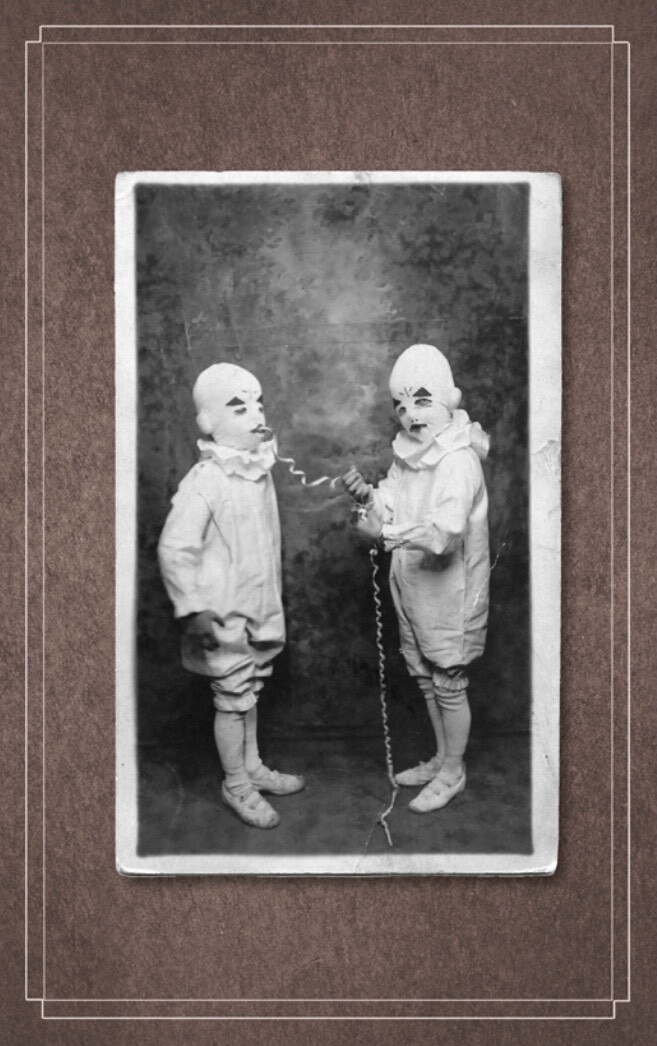4 Bizarre Origins Of Famous Movies And TV Shows

It's nice to think that magical, disembodied light bulbs float gently down from the sky to hover above people's heads, and that's where ideas come from. Sometimes, however, our most beloved creations are born from weirder -- or more cynical -- places. Like when ...
Coyote Ugly Was Based On an Essay by the Eat, Pray, Love Author
It's a rare person who gets not one but two movies based on their life, but Elizabeth Gilbert, played by Julia Roberts in Eat, Pray, Love, is one of the lucky ones.
No, there's nothing in the pipeline about her leaving the guy she meets in the movie for her terminally ill female best friend -- yet. (Fingers crossed.) No, the queen of literary self-care was inspiring movies long before she inspired privileged drones to quit their jobs and travel the world -- specifically, the 2000 ode to dancing on bars Coyote Ugly.
It might seem hard to believe now, but there was a time when there wasn't a Coyote Ugly Saloon in every major spring break destination. When Gilbert wrote about her time as a Coyote for GQ in 1997, it was relatively unknown outside New York City that a future patron saint of white women, alongside a revolving door of many others, was breaking bold new ground in table dancing and midriff-baring.
If you're thinking the journey of Coyote Ugly's protagonist -- struggling to keep up with the more seasoned bar-tainers as well as break into the creative world -- mirrors Gilbert's experiences, though, you would be mistaken. The essay is largely about the different ways she convinced men with names like Nazi Dave, who owned large collections of Confederate flag memorabilia (different guys, to be clear), to fall in love with her. It's also called "The Muse of the Coyote Ugly Saloon," so it's nice to know she's always been the same, shall we say, inwardly focused Liz.
In many ways, though, it's actually a better story. There's no cheesy romance or inspiring family drama, but the real star of the story is Liliana Lovell, known to filmgoers and countless numbers of bikers as "Lil," the hot, hard-drinking, no-nonsense owner of the bar who really did scrape her way through the dives of New York City to found the Coyote Ugly brand by age 25 and force men to drink tequila from her boot. Today, she sits at the top of a delightfully tacky empire and, if her social media is anything to go by, parties just as hard well into her fifties. Now that's an inspiration.
Ron Howard Made Happy Days to Avoid the Draft
Considering strangers had presumably been calling him "Opie" every time he left the house for literally as long as he could remember …
… it's no surprise that by the time he reached adulthood in the early '70s, Ron Howard had kind of gone off acting. In 1971, he filmed a pilot called New Family in Town that didn't get picked up, ending up as a segment on the anthology series Love, American Style, which actually resulted in his casting in the classic George Lucas film American Graffiti, but after his dalliance with the wholesome side of the force, he decided to focus on film school and his future directing career.
Ironically, the success of American Graffiti resulted in renewed interest in New Family in Town, set in a similarly nostalgic era, but by then, Howard wasn't sure he still wanted to do it. He was pretty sure he didn't want to die in the jungle, though. See, in 1973, when all this was going down, so was the Vietnam War and the draft. Howard "had a lousy number," and although a few years earlier, he could have claimed "can't fight, learnin' stuff," educational deferments ended in 1971. He had "read somewhere," though, "that if your job could be directly related to the employment of 30 or more people, that that would be a deferment. I thought, 'If this series goes, I bet you I could get that deferment.'"
The series did go, but under the new name Happy Days, except according to creator Garry Marshall, Howard still had his conditions -- specifically, he didn't want some future Bart Simpson situation where he was going to have to play a high schooler forever. Maybe a fortune teller had given him the bad news about his hairline or something, but whatever the case, just because he had a bayonet to his head didn't mean he didn't have standards.
Miss Peregrine's Home For Peculiar Children Was Inspired By Weird Old Photos
By 2016, Tim Burton had long since earned the right to be uninventive, and the characters of Miss Peregrine's Home For Peculiar Children weren't particularly peculiar in a world where X-Men exists. There was a flying girl, an invisible boy, mysterious monsters -- your standard Marvel fare. It gets a lot creepier in the book the movie is based on, though, where the story is accompanied and indeed driven by old-timey-looking photos of the much creepier kids, dilapidated rooms and landscapes, and ominous flying objects. You've got to hand it to the art department: It's a nice touch.

Ransom Riggs
Except those photos are real. Well, kind of. The images of a little girl hovering above the ground and a boy lifting a massive boulder with one hand are clearly staged, but they were found by author Ransom Riggs and his grandma on one of their many antiquing trips in his youth. After Riggs embarked on his career in literature and not action movies, thereby totally wasting that name, he remained interested in weird old photos, digging through boxes at swap meets and establishing a whole network of presumably completely normal people who collect old photos of kids that are, as Riggs put it, "inherently creepy."

Ransom Riggs
Eventually, Riggs had the idea to publish his collection as some sort of coffee table book for people who want to give their guests nightmares, but his editor suggested instead, "Maybe it's a novel, and you string the narrative through the pictures." Riggs actually kept collecting as he wrote, and "the pictures influenced where I wanted to go with the story sometimes," sort of like a stream of Polaroid-directed consciousness. Riggs's story made him a bestselling author, Burton got to dress someone else up as Helena Bonham Carter, and everyone was happy.
The Fresh Prince of Bel-Air Only Happened Because Will Smith Didn't Pay His Taxes
Not to alarm you, but there are people out there who only know Will Smith as an actor. Whole humans who can talk, form opinions, and see Bad Boys For Life without parental supervision who, if you ask them to get jiggy with it, will look at you suspiciously as they try to decide whether that's a racial slur.
This is a reality we only live in because Smith was, like all of us, terrible with money in his early 20s.
To be fair, he had more reason than most of us -- when you have a triple-platinum album and a Grammy fresh out of the gate at 24, money just kind of flows in and out of your life like a gentle stream; there's no need to follow. He knew his tax bill was gonna be sizable, but that was Future Fresh Prince's problem. It's not like the money would dry up before then, right? ... right?
Spoiler: It did. His next album flopped, he'd blown all his cash on fancy cars and colorful jackets, and the IRS soon showed up to haul them off for an extremely early '90s auction. He needed to get rich (again) quick, so he and his girlfriend at the time came up with a scheme that only works if you're Will Smith: hang around The Arsenio Hall Show and wait for someone to offer you a show. And it actually worked. Listen, Will Smith can tell it a lot funnier than we can:
Basically, he met an executive who pitched him a show he was producing with Quincy Jones, which ended up being a "failed Morris Day pilot" because this was the '80s, and those words weren't a given. Smith showed up to a party at Jones's house and auditioned on the spot for the very drunk and easily persuadable producer, who was so into it that he ordered lawyers who didn't even work for him to go sit in a limo and draw up the contract right there. Thank goodness Jones enjoys his libations, or the '90s summer blockbuster scene may have been very different.
Top image: Warner Bros. Television Studios
